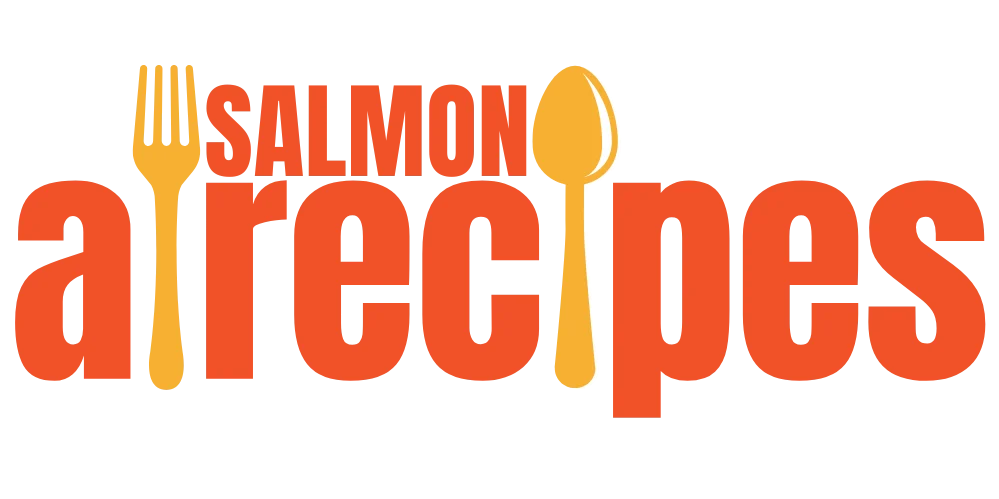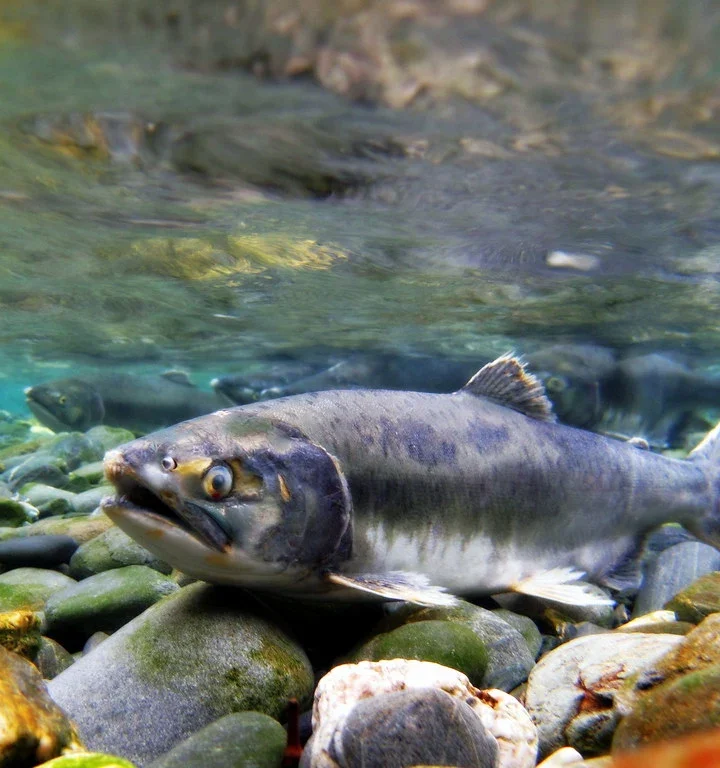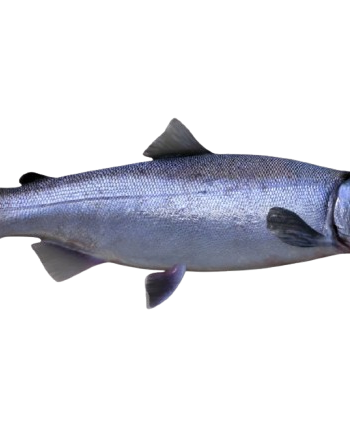Wild Alaskan salmon is more than just a tasty seafood option it’s a powerhouse of nutrients, a sustainable choice, and a delicious way to boost your diet. Unlike farmed salmon, wild Alaskan salmon swim freely in Alaska’s cold, pristine waters, feeding on a natural diet that gives it its rich flavor and vibrant color. In this article, we’ll dive deep into what makes wild Alaskan salmon special, how to cook it, and why it should be a staple in your kitchen.
Table of Contents
What Makes Wild Alaskan Salmon Special?
Wild Alaskan salmon stands out for its natural qualities, flavor, and nutritional profile. Here’s why:
1. Distinct Varieties of Wild Alaskan Salmon:
There are five main types of wild Alaskan salmon, each with unique characteristics:
King (Chinook) Salmon: Known for its large size and high-fat content, making it the richest and most flavorful.
Sockeye Salmon: Vibrant red flesh with a firm texture, perfect for grilling or roasting.
Coho (Silver) Salmon: Milder flavor, often preferred by those who find other salmon types too strong.
Pink Salmon: The most common and affordable variety, usually used in canned salmon.
Chum Salmon: Light color and lower fat, often used in smoked salmon products.
2. Wild vs. Farmed Salmon: Key Differences:
Wild Alaskan salmon feeds naturally, resulting in a leaner, healthier fish compared to farmed salmon, which often contains added dyes and chemicals. Wild salmon also has a more robust flavor and firmer texture, making it a favorite among chefs and home cooks alike.
Health Benefits of Wild Alaskan Salmon
Wild Alaskan salmon isn’t just delicious—it’s also one of the healthiest foods you can eat. Here’s why:
1. High in Omega-3 Fatty Acids:
Omega-3s are essential fats that our bodies need but can’t produce on their own. Wild Alaskan salmon is packed with omega-3s, which are linked to numerous health benefits, including improved heart health, reduced inflammation, and better brain function.
2. Rich in Protein and Essential Nutrients:
A single serving of wild salmon provides high-quality protein, vitamins D and B12, and antioxidants like astaxanthin, which gives the fish its pink color and supports skin and eye health.
3. Low in Contaminants:
Due to Alaska’s clean and cold waters, wild Alaskan salmon has lower levels of pollutants and heavy metals than other types of fish, making it a safer choice for regular consumption.
Sustainability and Fishing Practices
Choosing wild Alaskan salmon supports sustainable fishing practices. Alaska’s fisheries are among the best-managed in the world, with strict regulations to protect the environment and fish populations.
Eco-Friendly Practices:
Fishing quotas and no-fishing zones help maintain salmon numbers and protect their habitat.
Certifications:
Look for the Marine Stewardship Council (MSC) label, which ensures the salmon was caught sustainably.
How to Choose the Best Wild Alaskan Salmon
Here are some tips to ensure you’re getting the best quality wild Alaskan salmon:
3. Fresh vs. Frozen:
Both fresh and frozen wild salmon can be excellent choices. Look for firm, moist flesh with a bright, consistent color. Avoid fish with a fishy smell or dull, dry appearance
2. Labels and Certifications:
Always check the label for “wild-caught” and “Alaskan” to ensure you’re getting authentic wild Alaskan salmon. Certifications like MSC provide added assurance of sustainability.
3. Best Times to Buy:
Wild Alaskan salmon is typically in season from late spring to early fall, but frozen options are available year-round and often just as nutritious as fresh.
Cooking Tips and Recipe Ideas
Cooking wild Alaskan salmon is easy, and its natural flavors shine through with simple preparations. Here are some quick tips:
1. Best Cooking Methods:
Baking: Drizzle with olive oil, sprinkle with salt, and bake at 375°F (190°C) for about 12-15 minutes.
Grilling: Brush with oil, season, and grill over medium-high heat for 4-5 minutes per side.
Poaching: Simmer in water or broth with herbs for a delicate and moist result.
2. Flavor Pairings:
Wild salmon pairs well with fresh herbs like dill, parsley, and thyme, as well as citrus, garlic, and soy-based marinades.
3. Popular Recipe Ideas:
Baked Lemon Dill Salmon: Simple and perfect for weeknight dinners.
Salmon Tacos: A fun and fresh way to enjoy salmon with a twist.
Grilled Salmon Salad: A healthy and light option for lunch or dinner.
Where to buy Wild Alaskan Salmon
1. Local Markets and Online Stores:
Look for wild Alaskan salmon at your local fish market, grocery stores, or online retailers specializing in high-quality seafood.
2. Subscription Boxes:
Consider subscription services like Sitka Salmon Shares or Wild Alaskan Company for regular deliveries of wild-caught salmon right to your door.
3. Tips for Buying Online:
When buying online, choose reputable sources, check for proper packaging, and read reviews to ensure the best quality.
Frequently Asked Questions (FAQs)
Q: Is wild Alaskan salmon worth the price?
A: Yes, due to its superior taste, nutritional benefits, and sustainability, it’s well worth the investment.
Q: How should I store wild Alaskan salmon?
A: Store fresh salmon in the refrigerator and cook within 1-2 days, or freeze it for up to 3 months.
Q: How can I tell if salmon is wild or farmed?
A: Look for clear labeling—wild Alaskan salmon will often be labeled as such, while farmed salmon is usually noted as “Atlantic” or “farm-raised.”
Conclusion
Wild Alaskan salmon is a fantastic choice for anyone who enjoys delicious, healthy, and sustainable seafood. Whether baked, grilled, or poached, it’s easy to cook and packed with nutrients that support overall health. Next time you’re shopping for fish, opt for wild Alaskan salmon—a choice you can feel good about.


